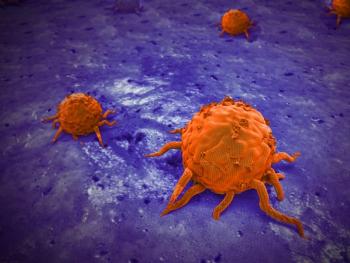
Oncology NEWS International
- Oncology NEWS International Vol 11 No 2
- Volume 11
- Issue 2
Study Estimates Worldwide Prevalence of 25 Adult Cancers
LYON, France-A study from the International Agency for Research on Cancer (IARC) shows a higher cancer prevalence in the developed world, primarily because of longer life expectancy in richer countries (Int J Cancer 97:72-81, 2002).
LYON, FranceA study from the International Agency for Research on Cancer (IARC) shows a higher cancer prevalence in the developed world, primarily because of longer life expectancy in richer countries (Int J Cancer 97:72-81, 2002).
The study examined the prevalence of 25 adult cancers for 11 world areas using data from IARC for developing countries, US SEER, and EUROCARE I. The study described the number of cancer cases diagnosed between 1986 and 1990 among individuals aged 15 or older who were still alive at the end of 1990.
Lead author Paola Pisani, reported the highest cancer prevalence in North America at 1.5%. Western Europe and Australia/New Zealand had a prevalence of 1.2% and 1.1%, respectively, followed by Japan at 1%, Eastern Europe at 0.7%, and Latin American and the Caribbean at 0.4%. The lowest prevalence (0.2%) was found in sub-Saharan Africa, the Middle East and Northern Africa, and Southeastern and South Central Asia.
Articles in this issue
almost 24 years ago
R115777 Has Significant Activity in CML and Myelofibrosisalmost 24 years ago
National Cancer Prevention Campaign Discussedalmost 24 years ago
CHOP Plus Rituxan Proves Cost-Effective in B-Cell Lymphomaalmost 24 years ago
Lung Cancer Screening Protocol Moves Forwardalmost 24 years ago
Cancer Prevention Research Hampered by Lack of Biomarkersalmost 24 years ago
Rituximab Improves Efficacy of Chemotherapy for Follicular Lymphomasalmost 24 years ago
Long Survival Confirmed in CML Patients Who Respond to InterferonNewsletter
Stay up to date on recent advances in the multidisciplinary approach to cancer.


















































































